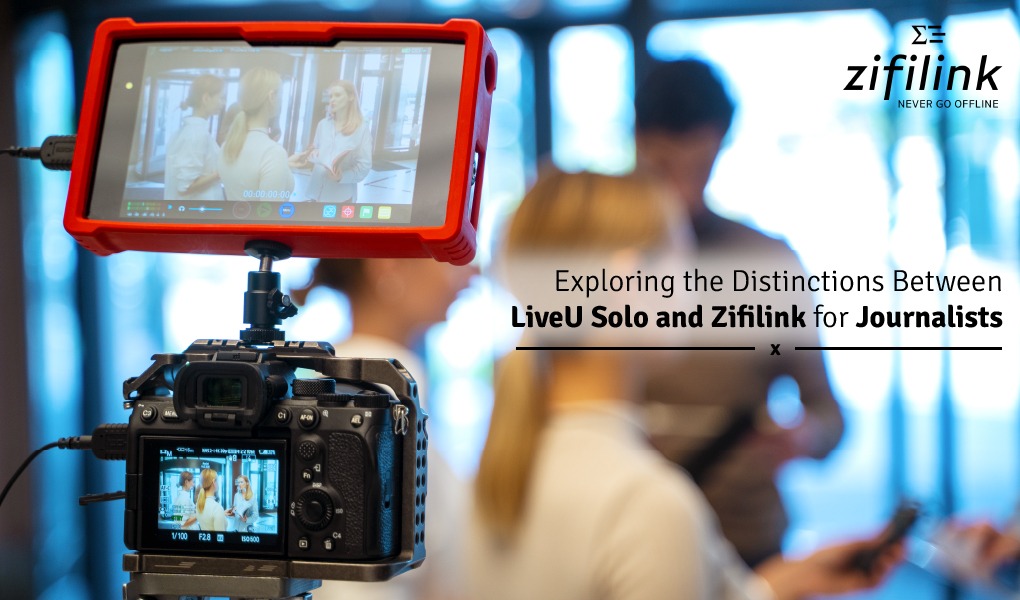Yes, history repeats. When Gmail was launched in 2005, it forever changed the landscape of email. All major email providers like Yahoo and Hotmail were taken by surprise and their loyal users wondering how it is remotely possible to give 1GB space for free. Something as ground breaking happened again, This time to the live streaming market. Reason Google hangout.
This article is not intended to review the product or hail one particular company. The author is the founder of a live streaming startup in India, which provides live streaming services in India and sells hardware for live streaming. And he had documented his study on the emerging live streaming and video conferencing services and how technological advances have impacted it especially the Google.
For the beginners, don’t confuse live video streaming with video on demand (VOD). An example of a live video on the internet is skype, and VOD is youtube. Former is realtime* and later is recorded. Also, keep in mind that Live video streaming on the internet is not same as a live broadcast on the conventional medium like TV.
Live Video on Internet
Live video on the internet is of two types.
1. Live video streaming also called as live broadcast, webcasting
It also called as live broadcast, webcasting
One source broadcasting the video to many people. If you are watching a live music show or sports on web page or phone, it is nothing but a live video streaming. Because of the nature of the technology used there will be a delay of few seconds to minutes in the broadcast. That is the video is not exactly real-time. This is the acceptable tradeoff for a significantly higher quality video compared to video conferencing.
2. Video conferencing
This is like your regular office meeting. Each person streams his video to everybody else. To allow natural conversation the video has to be transmitted in real time. Transmitting video in real-time throws more challenges on the technology used. This critical requirement usually restricts the no. of participants in the video conference and the quality of the output video.
So real-time is the Keyword. Well not anymore.
With improving internet bandwidth speed and affordable computing devices for encoding the video, video conferencing can be used to live stream high-quality video which was not possible or out of reach for general public earlier.
Why would a somebody pay for the live streaming platform when it is available for free?
Like the erstwhile Yahoo and Hotmail, Livestream.com, Ustream and justin.tv are dominant live streaming platform till now. All of them provide free service with ads and paid service with more features and no ads.
Google has launched three services viz Google Hangout, Google Hangout on Air and YouTube live.
Google Hangout:
Free video conferencing. Upto 10 members can participate in the video conference (15 for Google apps members). The quality of the video is comparatively better than Skype’s paid video conference. Useful for live streaming in situations where you want to broadcast an event from one office to 5 other branches across the globe. Each office can then project the Hangout on a projector screen and display it to the employees there. As long the nodes involved is less than 10 including you, this will solve your live streaming problem.
Google Hangout on Air:
Free live broadcast. Extension of Google Hangout. Broadcasts your conference to the masses. Though only 10 can participate, the rest of the masses will be mute spectators. That is what you want when you want to live stream an interview to the general public, while the interviewer and interviewee are sitting in remote locations.
Youtube Live:
Most likely the sports and music show live streaming will use this. A complete workflow for professional live streaming. Now only available for select media partners and invitees.
All the above Google services are free (at least for now). I do not find a compelling reason other than monetization option (inserting ads to generate revenue for authors) to use any of the previously mentioned paid services. But again drawing an analogy from Yahoo and Hotmail who still continue to enjoy bigger share together in email market, it is safe to predict that these popular platforms will continue with the loyalty of their existing customers and their circles. However, definitely Google will eat most of the new customer pie. considering the fact that Live streaming is a relatively new trend that is catching up, Google is looking at a promising future.
What’s the catch?
It is evident that video call, video conference, live video usage are going to increase exponentially, the underlying infrastructure, the Internet is not. A white paper from akamai tells that the exponential increase in the video consumption (both live and archived) is going to put an enormous strain on the existing internet bandwidth. In the case of email it was the storage that was challenging. With advent of cheap storage devices, companies were able to provide GBs of email space for free. However, internet bandwidth is different issue, scaling needs new cabling, routers, servers. Widely watched events like royal wedding, needs an extensive CDN infrastructure to guarantee smooth streaming experience. Google might have such an infrastructure now ( if not back in 2008 ), but sooner or later it is going to be saturated. So it might be just a matter of time before they make you pay or start inserting Ad.
Why would a client hire a Live streaming service from a professional company if it is available for free?
Now, this is the primary question that motivated me to write this article. Corporates and Individuals pay and hire professional live streaming teams like us for broadcasting their events. After the advent of recent free services will that change. What will be the impact?
Live streaming involves three main functions as illustrated below.
| Publishing / first mile | Back end | Front end |
|---|---|---|
| Multiple Cameras Audio / video mixers Local Audio speakers Local Video Display Audio capture Video capture Encoders Network |
Media servers Content Delivery Network Transcoding Storage Lots of Bandwidth analytics logging |
multi-platform video player Mobile app Audience engagement support |
Free live streaming service effectively solves the Backend and Frontend issues (obviously not including support) However Publishing is an area untouched. For huge event like music show or sports or business meeting, usually a professional live streaming team provides all the equipments mentioned under publishing. Infact we back them with 1:1 redundancy in case of equipment or network failure.
At the same time it becomes essential for a live streaming services company to support multiple platforms including Google’s, Livestream.com etc. However, few clients, are apprehensive about their data being carried in foreign network like Google’s. Their company policy might mandate a NDA to be signed before their data travels through other networks. To handle such clients it is essential that the service provider need to have his own backend.
Ok that means live streaming service will have its demand. What about the growth? It depends upon the growth of customer segment which I observe is broadly classified into three.
| Type 1 | Type 2 | Type 3 |
|---|---|---|
| Individuals Casual live streamers, promotional events NGO |
SME Family events Religious institutions Educational institutions |
Corporates Training institutes Music shows Sports Shows |
The classification is based on the complexity in the publishing point and customization required in the Front-end. Quite obviously Type 1 customers will prefer free services and try to avoid hiring professional live streaming teams. They are ready to risk the video quality and network failures for inexpensive solution. Type 3 on the other end always hire a professional team because of the sheer complexity in the publishing point.
Type 2 , is in – between. They cannot risk doing the live streaming themselves all the time neither they can hire a team all the time. The advent of free live streaming service will certainly help in growing the Type1 customers. Hopefully, the growth in the trend will force other types to live stream more of their event, as more and more people are comfortable and connected enough to consume live video.
However, the catch is, more and more clients might opt for free live streaming platforms and hire live streaming teams only to handle the publishing. This may reduce the size of the paycheck but increase the volume of the events.
– by Srix aka Sriram, Founder, Watchy Technology



About The Author: Srix
More posts by srix